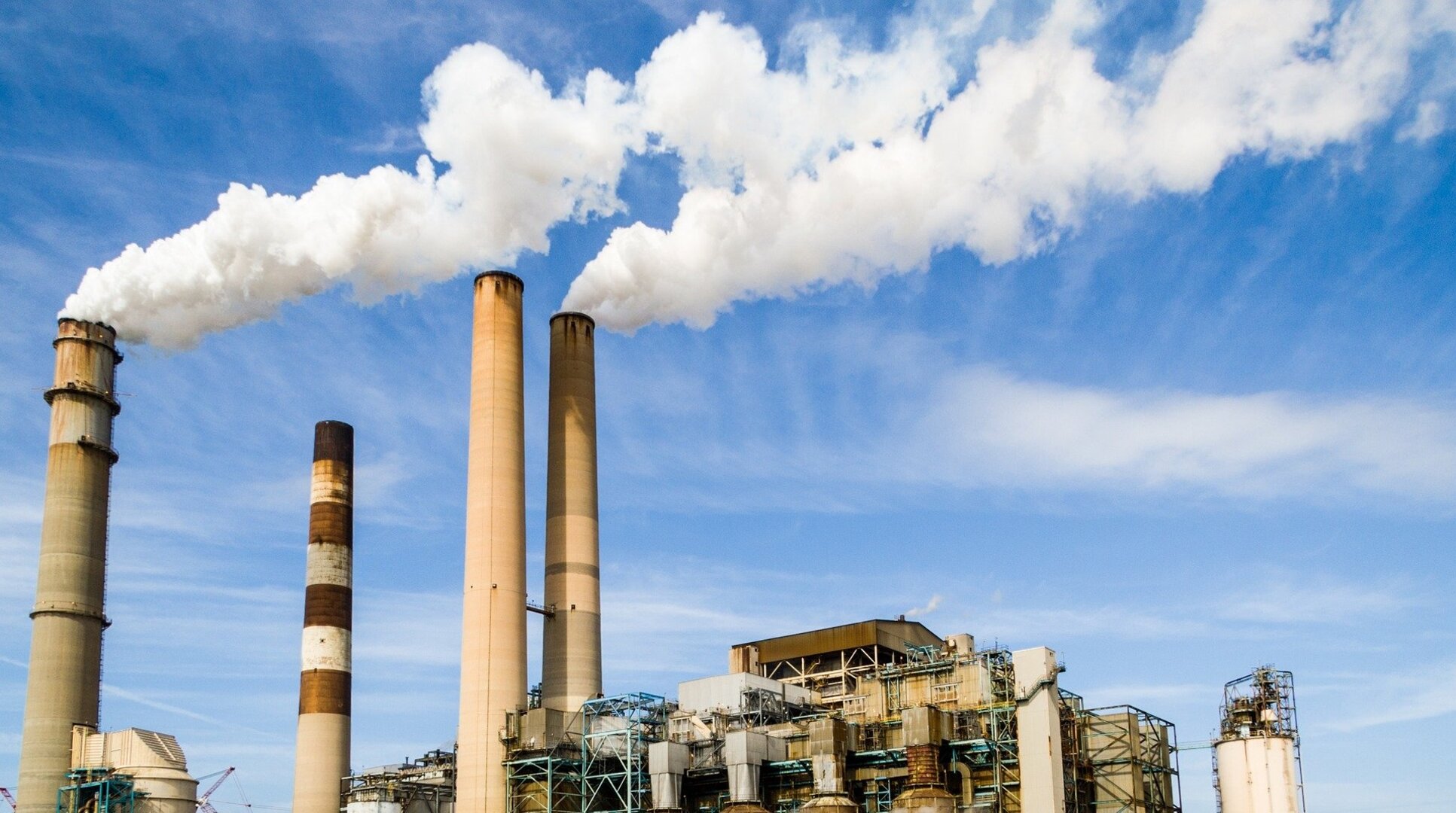What is Sulfur Dioxide?
The colourless, reactive air pollutant sulfur dioxide (SO2) has a pungent smell. Plant life, animal health, and human health may all be at risk from this gas. The primary causes of sulfur dioxide emissions are natural volcanic activity and the burning of fossil fuels.
How It Can Be Harmful?
The skin and mucous membranes of the eyes, nose, throat, and lungs get irritated by sulfur dioxide. Excessive levels of SO2 can irritate and inflame the respiratory system, particularly while engaging in vigorous physical exercise. The ensuing symptoms may include coughing, throat inflammation, difficulty breathing, and pain with deep breaths. Elevations in SO2 have the potential to impair lung function, exacerbate asthma episodes, and exacerbate pre-existing heart disease in vulnerable populations. This gas can also convert into a tiny particle that can enter the lungs and have similar negative health consequences when it reacts with other chemicals in the air.
Who is at risk?
People sensitive to sulfur dioxide include:
- People with lung diseases, such as asthma, chronic bronchitis, and emphysema will generally have more serious health effects at higher SO2 levels.
- Children are at higher risk from SO2 exposure because their lungs are still developing. They are also more likely to have asthma, which can get worse with SO2 exposure.
- Older adults may be more affected by SO2 exposure, possibly because they are more likely to have pre-existing lung or cardiovascular disease.
- Active people of all ages who exercise or work outdoors have higher exposure to sulfur dioxide than people who are less active.




